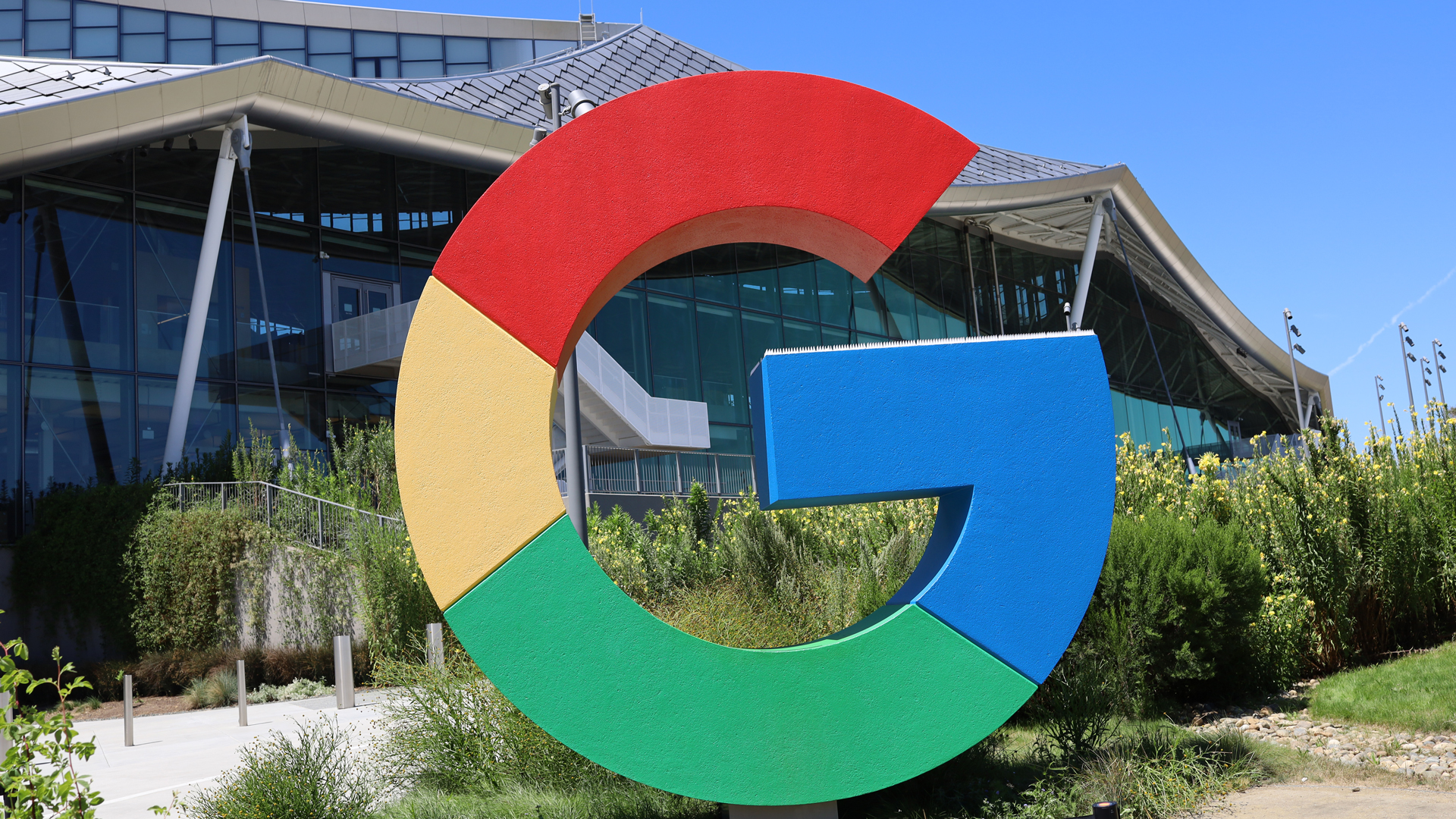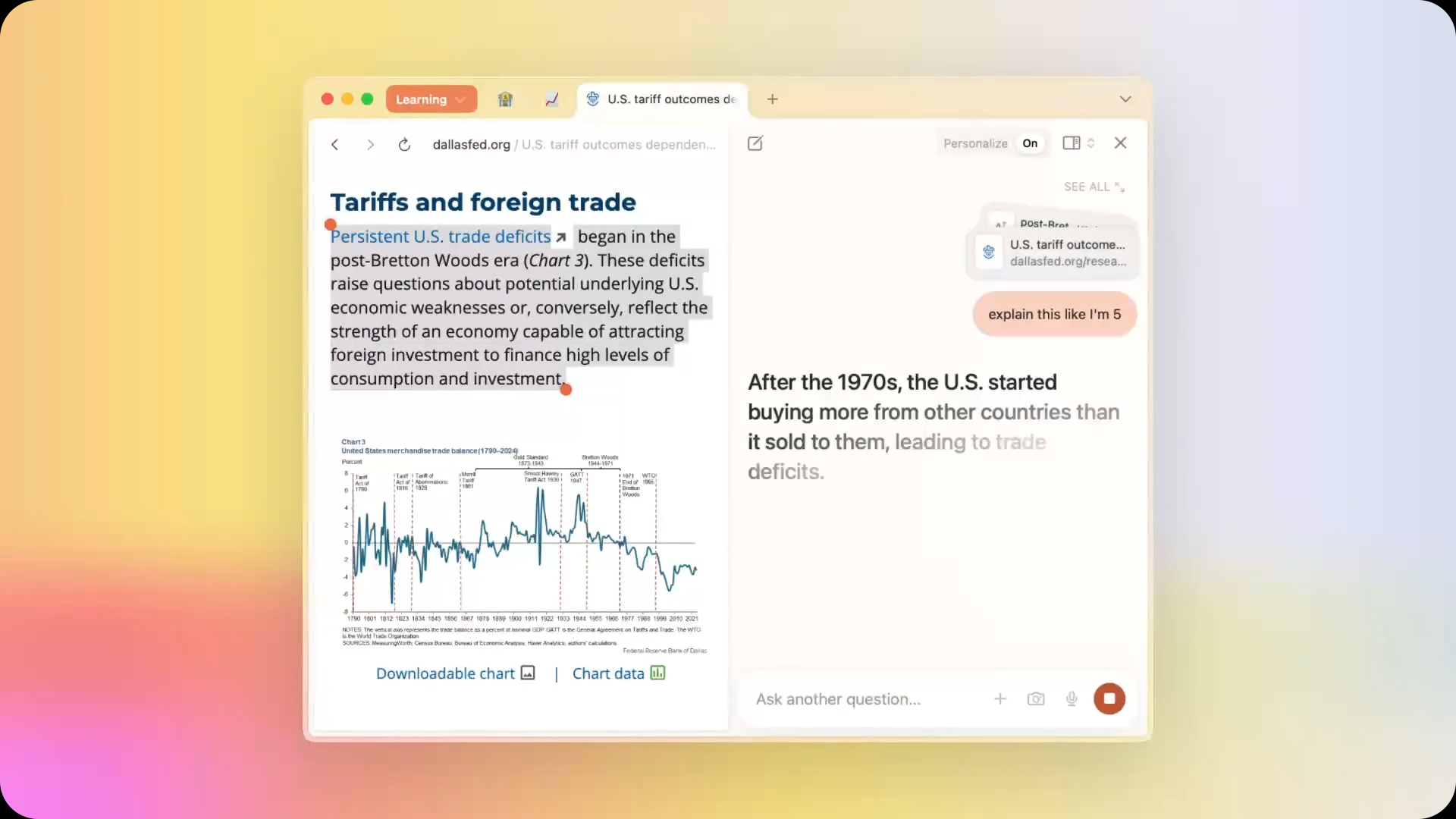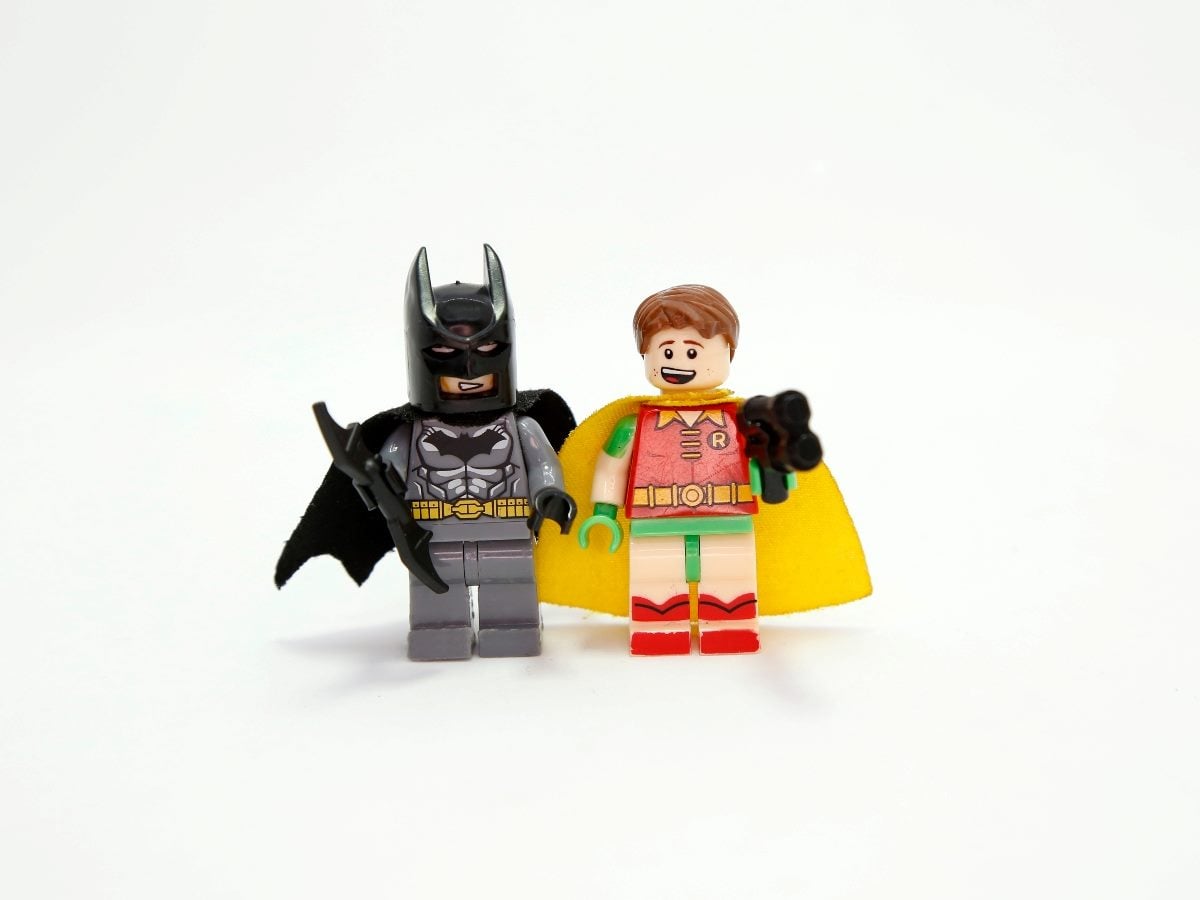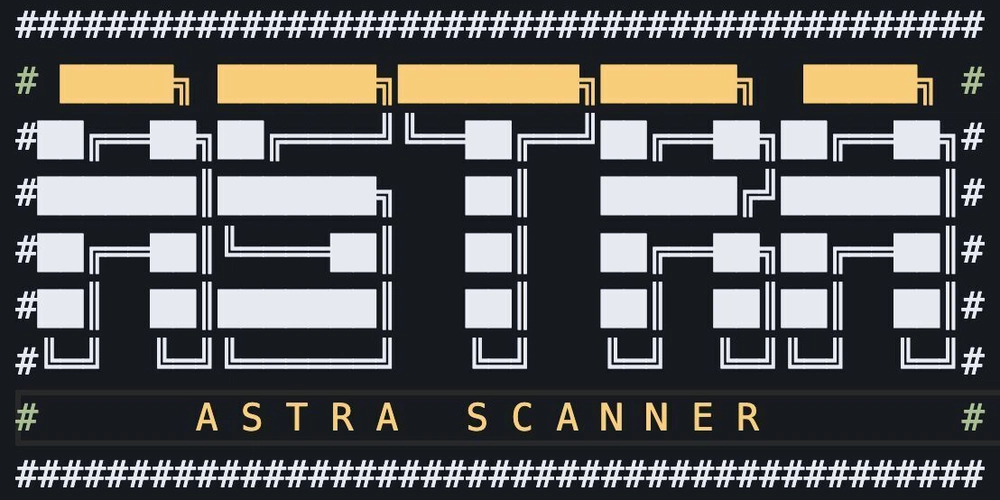[03] Mastering Absolute Positioning in CSS: A Comprehensive Guide
Introduction CSS positioning is a powerful tool that allows developers to control the layout of web elements with precision. Among the various positioning methods, absolute positioning stands out for its flexibility in placing elements anywhere on a web page. In this article, we'll delve into absolute positioning, exploring its properties, behavior, and practical applications with detailed examples. Understanding Absolute Positioning Absolute positioning enables us to place elements precisely on the page, independent of the normal document flow. When an element is positioned absolutely, it is removed from the normal flow of the document, meaning it no longer affects the layout of surrounding elements. This unique behavior allows the element to overlap with other elements and be positioned relative to a specified container. How Absolute Positioning Works To use absolute positioning, you set the position property of an element to absolute. This tells the browser that the element should be positioned based on the values of the top, right, bottom, and left properties. However, the crucial aspect of absolute positioning is that the element is positioned relative to its nearest positioned ancestor. If no such ancestor exists, the element will be positioned relative to the initial containing block, typically the viewport. Example: Positioning an Element within a Container Let's consider a practical example to illustrate how absolute positioning works in CSS. In the above code, we have two div elements: a container with the class container and an absolutely positioned element with the class absolute-element. Now, let's apply some CSS: .container { position: relative; width: 500px; height: 300px; background-color: blue; } .absolute-element { position: absolute; top: 100px; left: 200px; width: 100px; height: 100px; background-color: grey; } Explanation: Relative Positioning of the Container: The container class is styled with position: relative;. This means that the container is part of the normal document flow, but it also serves as the reference point for any absolutely positioned elements within it. Absolute Positioning of the Child Element: The absolute-element is styled with position: absolute;. This removes the element from the normal document flow. The element is then positioned 100 pixels from the top and 200 pixels from the left of its closest positioned ancestor, which in this case is the container element. Key Concepts in Absolute Positioning Out of Flow: When an element is positioned absolutely, it no longer occupies space in the document layout, meaning it can overlap other elements without affecting their positions. Positioning Context: The reference point for an absolutely positioned element is the nearest ancestor that has a position property set to relative, absolute, fixed, or sticky. If no such ancestor exists, the element will be positioned relative to the initial containing block, often the browser's viewport. Overlapping Elements: Since absolutely positioned elements are removed from the normal flow, they can overlap other elements on the page. This makes absolute positioning particularly useful for creating layered designs, pop-ups, or floating elements. Best Practices and Considerations While absolute positioning offers great control over element placement, it should be used judiciously. Here are some best practices to keep in mind: Avoid Overuse: Over-reliance on absolute positioning can lead to complex and hard-to-maintain layouts, especially when the content is dynamic or responsive. Ensure a Positioning Context: Always ensure that the parent element has a defined positioning context (e.g., position: relative;). This prevents unexpected behavior where elements are positioned relative to the entire page. Responsiveness: Absolute positioning can complicate responsive design. Make sure to test how your absolutely positioned elements behave across different screen sizes and devices. Use relative units (like %, em, or vw/vh) for top, left, and other offset properties where possible to improve responsiveness. Accessibility: Consider the implications of absolute positioning on screen readers and keyboard navigation. Elements that are removed from the normal flow may need additional focus management to ensure accessibility. Ensure keyboard focus is preserved when using absolute positioning for modals, tooltips, or custom components. Conclusion Absolute positioning is a versatile tool in the web developer’s toolkit, offering precise control over element placement. By understanding its core principles and carefully applying it in your designs, you can create dynamic, layered, and visually appealing layouts. Remember to balance its use with other layout techniques to maintain a responsive and accessible web experience.
![[03] Mastering Absolute Positioning in CSS: A Comprehensive Guide](https://media2.dev.to/dynamic/image/width=800%2Cheight=%2Cfit=scale-down%2Cgravity=auto%2Cformat=auto/https%3A%2F%2Fdev-to-uploads.s3.amazonaws.com%2Fuploads%2Farticles%2Fs9beh8cbyege0sk0gr45.png)
Introduction
CSS positioning is a powerful tool that allows developers to control the layout of web elements with precision. Among the various positioning methods, absolute positioning stands out for its flexibility in placing elements anywhere on a web page. In this article, we'll delve into absolute positioning, exploring its properties, behavior, and practical applications with detailed examples.
Understanding Absolute Positioning
Absolute positioning enables us to place elements precisely on the page, independent of the normal document flow. When an element is positioned absolutely, it is removed from the normal flow of the document, meaning it no longer affects the layout of surrounding elements. This unique behavior allows the element to overlap with other elements and be positioned relative to a specified container.
How Absolute Positioning Works
To use absolute positioning, you set the position property of an element to absolute. This tells the browser that the element should be positioned based on the values of the top, right, bottom, and left properties. However, the crucial aspect of absolute positioning is that the element is positioned relative to its nearest positioned ancestor. If no such ancestor exists, the element will be positioned relative to the initial containing block, typically the viewport.
Example: Positioning an Element within a Container
Let's consider a practical example to illustrate how absolute positioning works in CSS.
class="container">
class="absolute-element"> 
















































































































































![Top Features of Vision-Based Workplace Safety Tools [2025]](https://static.wixstatic.com/media/379e66_7e75a4bcefe14e4fbc100abdff83bed3~mv2.jpg/v1/fit/w_1000,h_884,al_c,q_80/file.png?#)































![[The AI Show Episode 152]: ChatGPT Connectors, AI-Human Relationships, New AI Job Data, OpenAI Court-Ordered to Keep ChatGPT Logs & WPP’s Large Marketing Model](https://www.marketingaiinstitute.com/hubfs/ep%20152%20cover.png)






















































































































![[DEALS] Microsoft Visual Studio Professional 2022 + The Premium Learn to Code Certification Bundle (97% off) & Other Deals Up To 98% Off](https://www.javacodegeeks.com/wp-content/uploads/2012/12/jcg-logo.jpg)





























































































































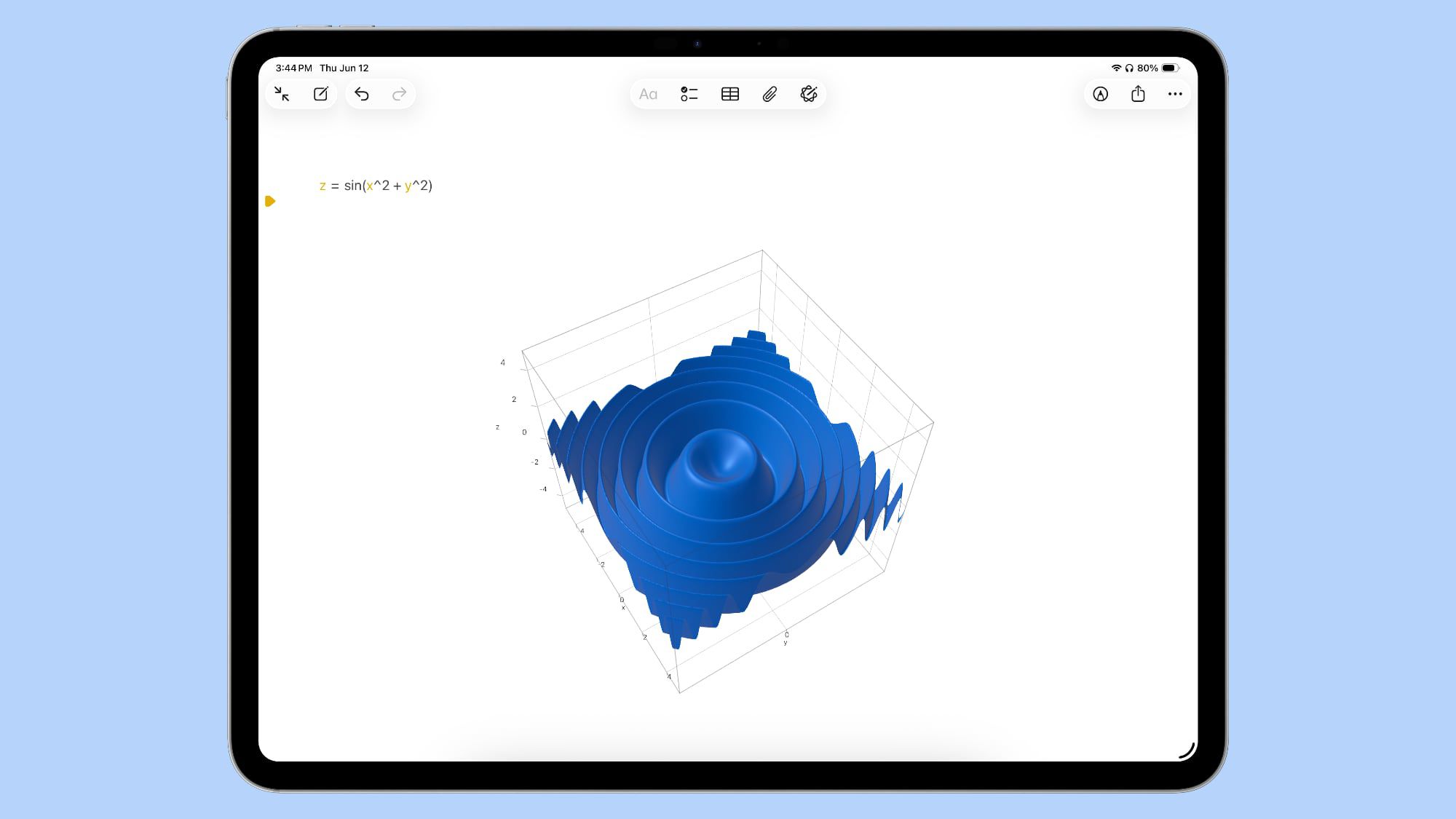





































































































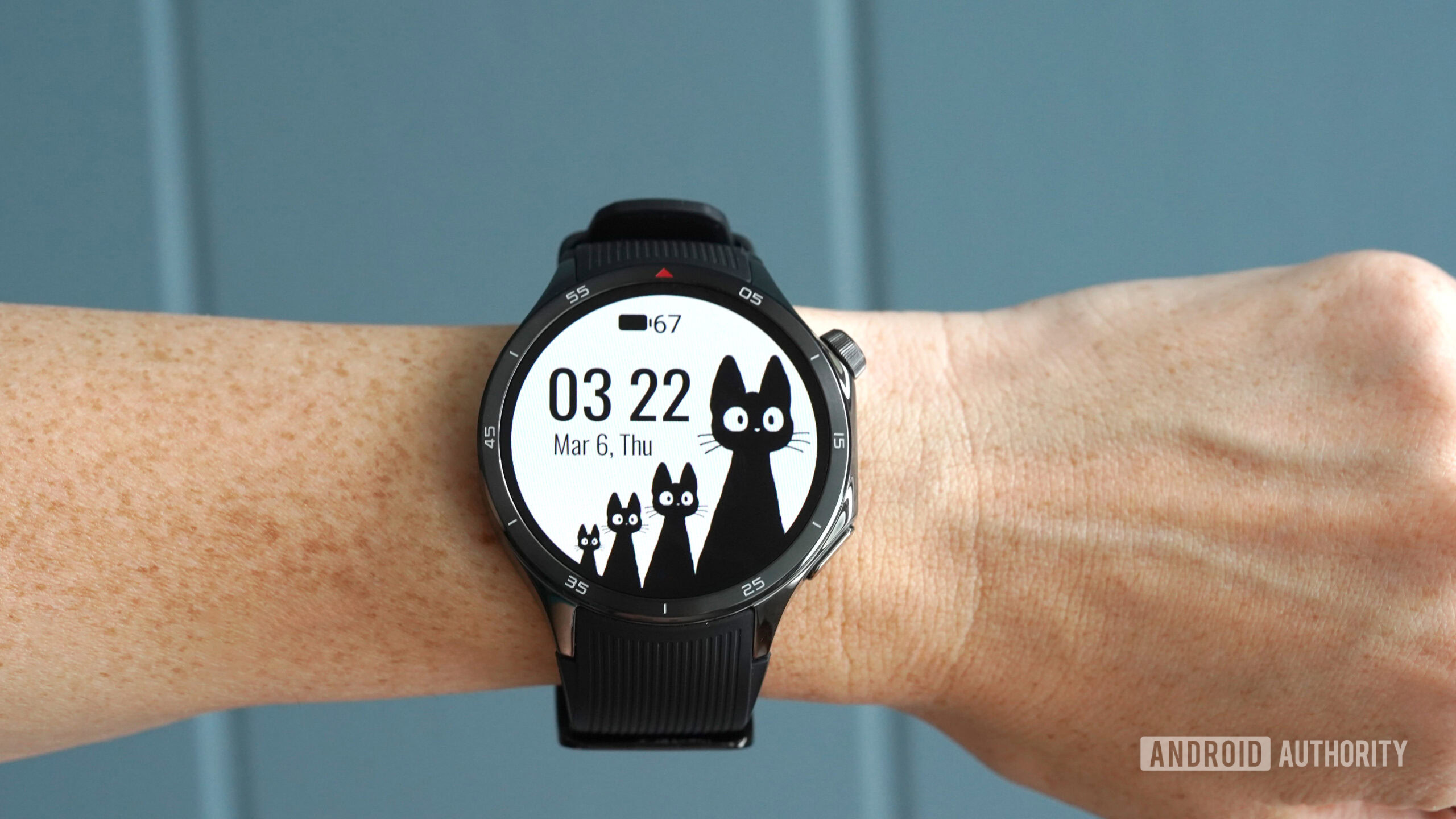
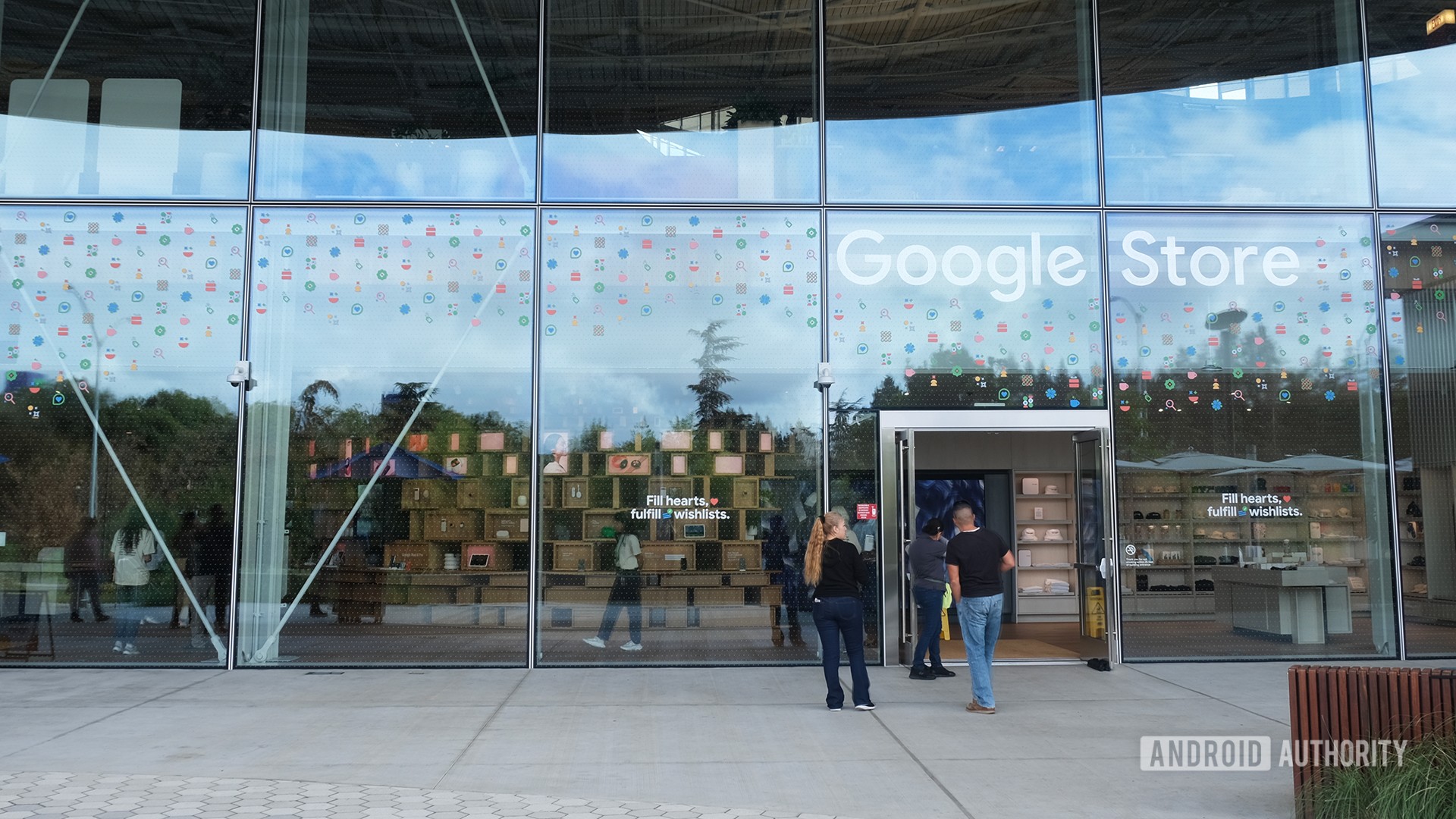
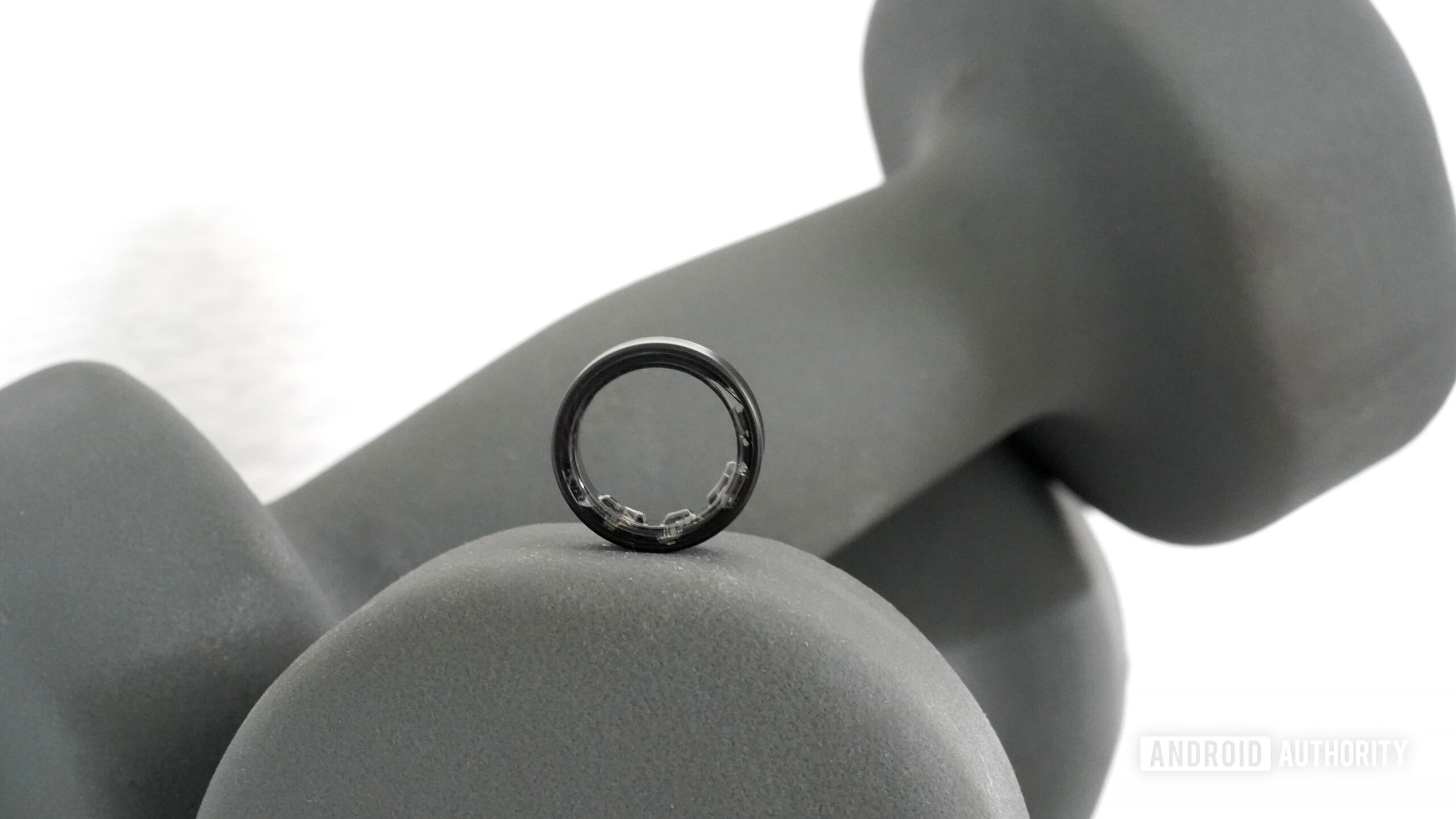
![PSA: Widespread internet outage affects Spotify, Google, Discord, Cloudflare, more [U: Fixed]](https://i0.wp.com/9to5mac.com/wp-content/uploads/sites/6/2024/07/iCloud-Private-Relay-outage-resolved.jpg?resize=1200%2C628&quality=82&strip=all&ssl=1)





















![Apple Shares Teaser Trailer for 'The Lost Bus' Starring Matthew McConaughey [Video]](https://www.iclarified.com/images/news/97582/97582/97582-640.jpg)

















